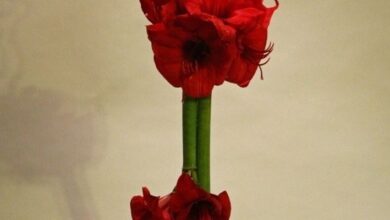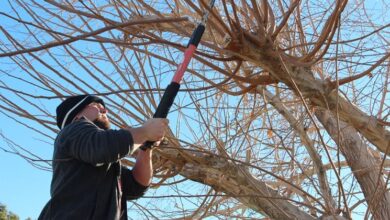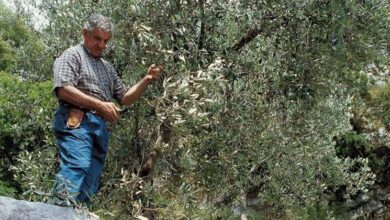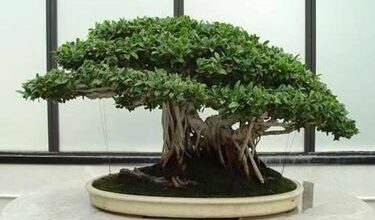Properties of the viola tricolor
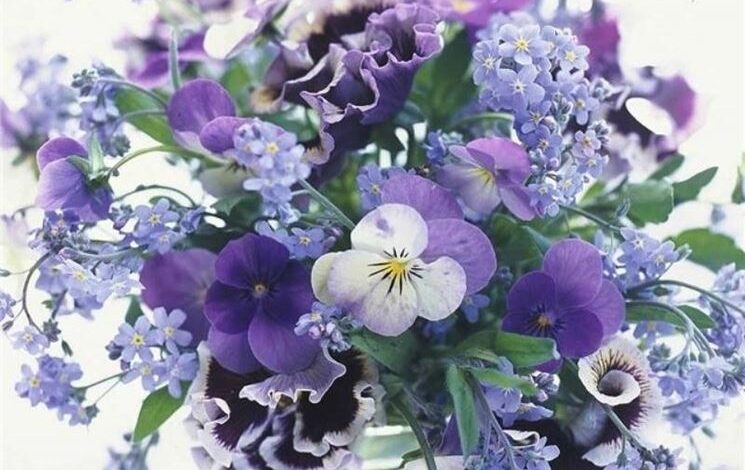
Viola tricolor property
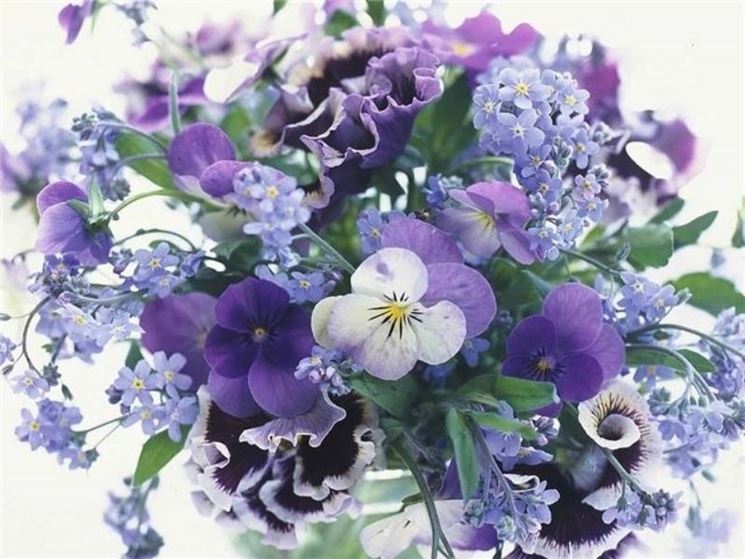
Viola tricolor in herbal medicine and pharmacy
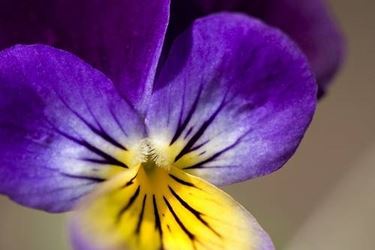
The properties recognized in the viola tricolor mean that the products derived from this plant are highly sought after in both pharmacies and herbalists. Violet-based creams are available in pharmacies as food supplements to regulate the skin’s hydration process. Bottles containing violet extract to be taken in drops, are available for the purifying action on the organism and conferring well-being to the skin. In herbal medicine it is possible to find top violet herbs to prepare precious infusions to facilitate joint function and the looseness of bronchial secretions. The components such as saponin, salicylic acid and mineral salts, present in the roots, in the fresh juice and in the flowers, make the remedies of contemporary phytotherapy effective.
A viola for every evil
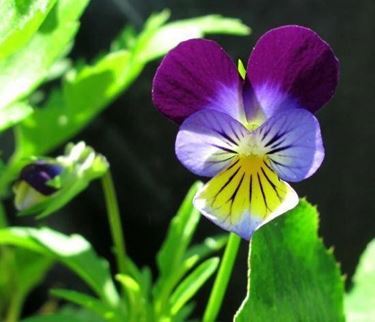
The therapeutic properties of viola tricolor for the treatment of diseases and ailments are truly many. There is no organ of the human body or illness that is not affected by the beneficial use of this plant, internal and external. The viola tricolor acts as a relief and cure in the treatment of some skin disorders, in harmonizing the sebaceous secretion of oily skin, in diseases of the respiratory tract. To the essential soothing actions against fever and cough and emollient, expectorant and resolutive properties in case of eczema, acne and furunculosis, are added the virtues recognized in the laxative, diuretic and sweat action. Folk medicine has recognized viola tricolor as a cardiac tonic and a valid skin and kidney drainage.
Properties of the viola tricolor: Violets in thought, in gardens and in pots
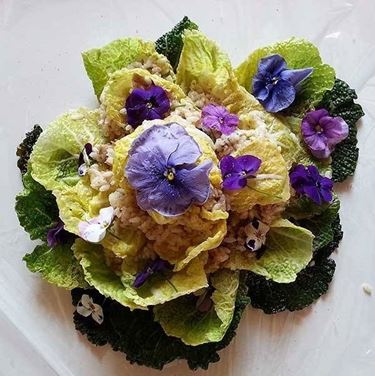
Viola tricolor is a perennial plant whose flowering lasts from early spring to late summer. It is found in lawns and is suitable for cultivation in flower beds, gardens and pots. It does not require particular attention and care, the use of fertilizers and fertilizers is recommended only in the growing season. The only warnings concern the need to keep the soil always moist, while making sure that no stagnation of water is formed. This last precaution prevents the onset of fungal diseases such as rust, powdery mildew also called bad white, root and collar rot, lice attack. Cultivation in pots must favor bright and sunny areas, even if only partially. The soil must be acidic, well drained and soft.

